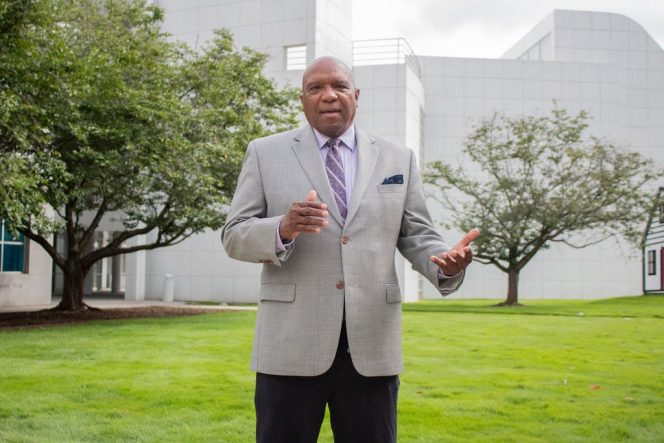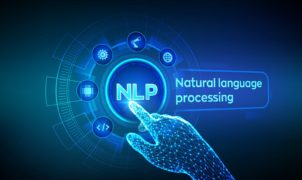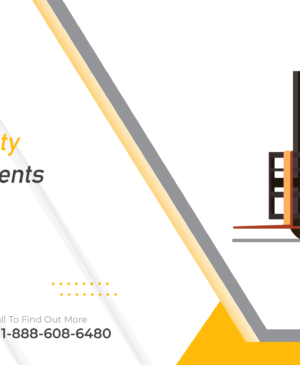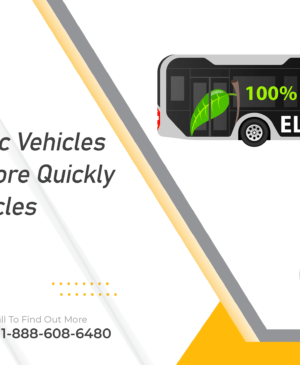CHAMPION STRATEGIES – PUBLIC SPEAKING WORKSHOP – NOVEMBER 21, 2020
Presidential Policy Priorities That Will Impact the Automotive Industry (PT. 1)
The top economic priority of either a Trump or Biden presidency must be getting the COVID-19 pandemic under control and supporting the U.S. economic recovery. Both candidates support accelerated vaccine development, rebuilding the country’s ability to make critical medications and personal protective equipment, and getting direct aid to individuals and businesses impacted by the virus. The approaches are somewhat different, however. President Trump opposes significant federal assistance to state and local governments—which has stymied recent attempts to pass a recovery spending bill. Biden’s plan is more in-line with Congressional Democrats’ priorities and includes a larger overall spending target (including significant direct aid to states and local governments) than the current Administration is seeking. Since Democrats are expected to maintain control of the House and may regain control of the Senate in 2021, many Democratic spending priorities could win out as part of an economic assistance package in early 2021, regardless of the presidential election outcome.
Infrastructure spending is a form of government spending that can provide additional stimulus to the economy. Both Trump and Biden have robust plans to invest in U.S. infrastructure (e.g., roads, bridges, waterways, and broadband). Congress just passed a one-year extension of the surface transportation funding bill—kicking the can down the road for the next Administration to make its mark on transportation infrastructure spending next year, including how to pay for infrastructure investment since the existing federal fuel tax has not been changed since 1993.
There are few details available on President Trump’s latest 10-year USD 2 trillion infrastructure plan. Previous iterations of his plan, however, include funding for traditional roads and bridges, rehabilitating existing rail, building 5G networks, and expanding rural broadband—and require greater state and local government cost share while offering more local control over how the funds are spent. The Trump plan cites historic low borrowing rates due to the pandemic as a way to make this significant spending bill more affordable. Vice President Biden’s USD 1.3 trillion infrastructure plan has an explicit goal to move to net-zero greenhouse gas (GHG) emissions, and includes plans related to strengthening the electrical grid and building EV charging networks in addition to roads, bridges, rail, 5G, and rural broadband. Biden plans to fund his infrastructure spending by reversing some of the Trump tax cuts on corporations and higher-income individuals.
Nearly every new administration tackles tax policy as one of its first orders of business, as President Trump did when he worked with a Republican Congress to cut corporate, individual, and estate taxes in his Tax Cuts and Jobs Act of 2017. President Trump has subsequently issued a memorandum that defers payroll tax obligations (taxes that fund Medicare and Social Security) for Q4 2020 in light of the COVID-19 pandemic. In his second term, Trump has pledged to make the payroll tax deferral permanent, make further cuts to the capital gains top rate, extend his 2017 tax cuts that are currently set to expire in 2025, implement tax credits for reshoring, and allow 100 percent expensing deductions for “essential industries like pharmaceuticals and robotics” that grow jobs in the United States.
Vice President Biden has also pledged to incentivize “made in the USA” and reshoring through a 10 percent tax credit for companies that create U.S. jobs. As mentioned above, Biden also plans to overturn several Trump tax policies to raise revenue not only for infrastructure spending, but also for broader government programs such as education and health care. Biden would raise the top rate for individuals back to 39.6 percent (from the current 37 percent) and the top corporate income tax rate to 28 percent (from the current 21 percent). The non-profit Tax Policy Center estimates that 75 percent of the Biden tax hikes will be borne by those in the top 1 percent income bracket.









